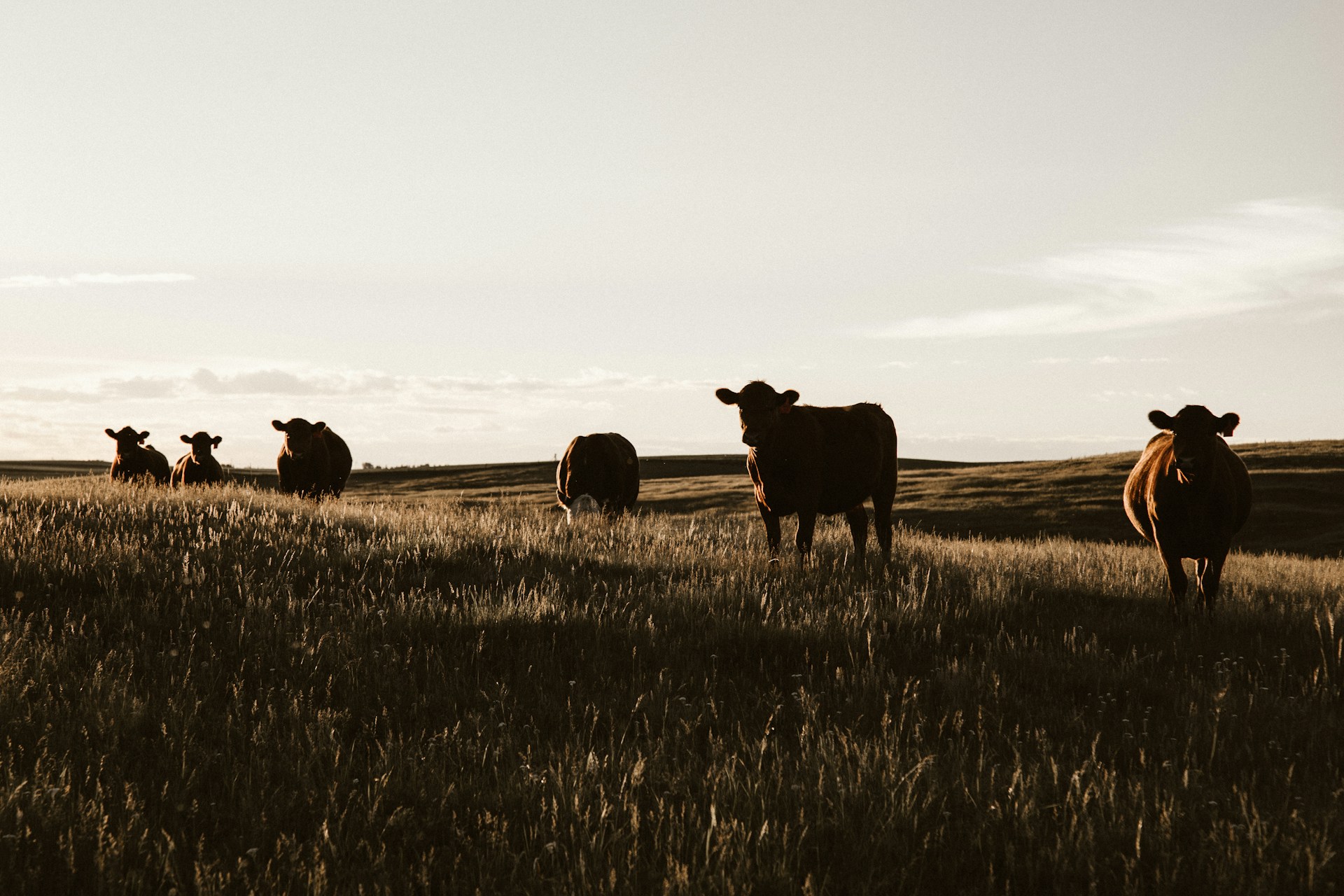The worst wildfire in Texas history has burned over 1 million acres and some of the most hard hit areas are in the state’s cattle-rich northern high plains. Officials have stated that 10,000 cattle may ultimately perish as a result of the blaze, while the destruction of grain stores will narrow the feedstocks meant to fatten up the livestock. Drought conditions throughout a large portion of the past four years, in addition to sizeable waves of culling, have recently reduced the Lone Star State’s head count of cattle to its lowest level in 73 years.
Texas still maintains a much larger cattle inventory than any other US state, but heads has dropped by almost a fifth since 2010. Farmland has also receded by more than 1.6 million acres over the past half decade. That mirrors a broader decline throughout the US and the world. Investment funds have been piling into ownership of farmland for years now, likely recognizing the diverging paths of food demand and the amount of land being used for agricultural purposes.
Related ETF & REIT: Invesco DB Agriculture Fund (DBA), Farmland Partners Inc. (FPI)
After crashing throughout the fourth quarter of 2024, live cattle futures have rebounded strongly in the new year. After touching an all-time high above $1.90 per lb in September, front month prices had dipped by as much as -14.5% to under $1.64/lb. However, they’ve nearly surged all the way back to their previous highs in recent days, fueled by a continual shrinkage in the US’s cattle herd – now at its narrowest count since 1951. The country’s 87.2 million head of cattle has fallen significantly from a tally of 98.0 million in 2000.
Still, the US was responsible for almost 22% of the world’s beef production in 2022, the largest share of any single nation, and what happens with the cattle population there is going to reverberate through prices across the globe. MRP warned last June that large swathes of the US Midwest have been affected and continue to feel the sting of dryness, struggling with several phases of drought since 2020. In particular, we noted that Texas’s northern high plains had been one of the most heavily impacted by persistent drought conditions. These prolonged shortages of precipitation have left the soil in many parts of the state relatively dry.
Those droughts likely set the stage for what is now transpiring in the panhandle region, where over 85% of the state’s cattle population is located. This area has been the most devastated by an intense wildfire season. With over 1.075 million acres burned, the main body of the…
To read the complete Intelligence Briefing, current All-Access clients, SIGN IN All-Access clients receive the full-spectrum of MRP’s research, including daily investment insights and unlimited use of our online research archive. For a free trial of MRP’s All-Access membership, or to save 50% on your first year by signing up now, CLICK HERE










